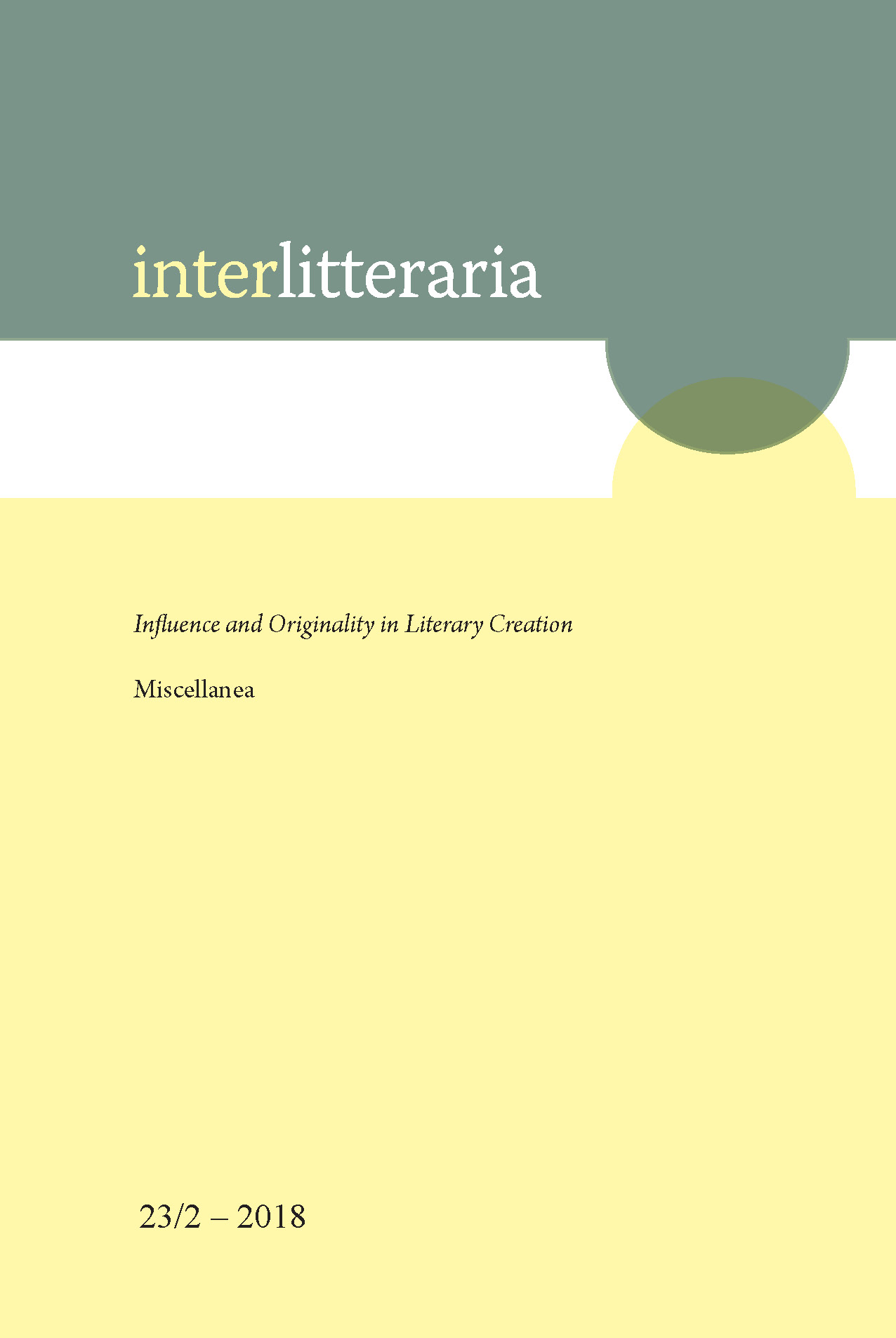Canon of the Ruler’s Image-building in the 15th and 16th Centuries in the Epistolary Genre: Cases of the Grand Dukes of Lithuania Vytautas the Great and Sigismund the Old
DOI:
https://doi.org/10.12697/IL.2018.23.2.5Keywords:
Late Middle Ages, Renaissance, letter (correspondence), letter (fictitious), Franciscus de Comitibus Aquae Vivae, Vytautas the Great, Coluccio Salutati, Erasmus of Rotterdam, Sigismund the OldAbstract
The subject of this article are letters by two authors addressed to two rulers of the Grand Duchy of Lithuania. The first was written around 1429 by a certain Franciscus de Comitibus Aquae Vivae (about him the recent research still has little to say) and addressed to Vytautas the Great (Alexander), the Grand Duke of Lithuania. At the time he was the ruler of a huge state and was about to be crowned. Vytautas’s intention provoked many discussions and disagreements with the Polish king Jogaila and other nobles. The author of the letter tries to dissuade Vytautas from seeking the crown with the help of different arguments, praising and sometimes reproving the ruler. The other two letters were written by the famous humanist Erasmus of Rotterdam to Sigismund the Old, the Grand Duke of Lithuania and King of Poland, in 1527 and 1528 respectively. Here, the sender speaks in the humanistic manner about the ruler’s obligations, virtues, his search for peace and praises the addressee. In this article, I will analyse and compare the canons – literary, rhetorical, cultural and epistolary – used by both authors in these letters. Besides, I will discuss a ruler’s portrait created by the authors, evaluation of his personality, actions and behaviour, and the authors’ intentions.
Downloads
Downloads
Published
Issue
Section
License
The contents of Interlitteraria are published under CC BY-NC-ND licence.


